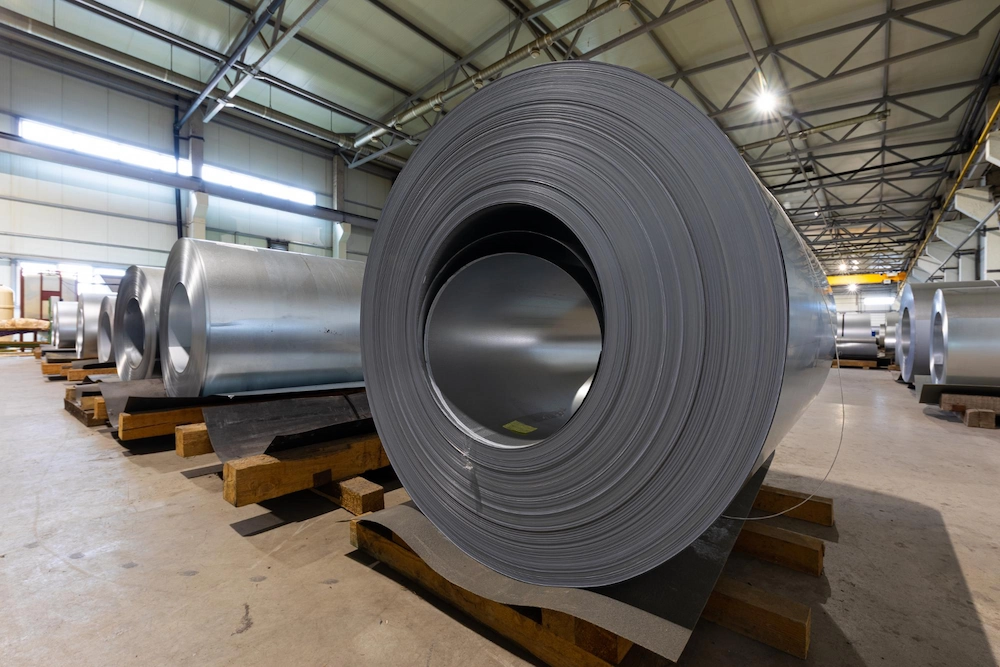Unleashing the Power of Coil Slitting: Transforming Metal Processing

Are you ready to discover the hidden secrets of coil slitting that could revolutionize your metal processing operations? This powerful technique is the backbone of many industries, offering unparalleled precision, efficiency, and versatility. Let’s dive into the fascinating world of coil slitting and explore its numerous benefits and applications.
What is Coil Slitting?
Understanding the Basics
Coil slitting is a metal processing technique that involves cutting a master coil of metal into narrower coils. These narrower coils, often referred to as 'slit coils,' are then used in various industrial applications. The process ensures that the width and dimensions of the metal are tailored to specific requirements, enhancing the material's usability and reducing waste.
The Benefits of Coil Slitting
1. Enhanced Precision and Consistency
One of the primary advantages of coil slitting is the precision it offers. The process allows for exact measurements, ensuring that each slit coil meets the specific requirements of the project. This precision leads to consistent quality, which is crucial for industries that rely on uniform materials for their products.
2. Cost-Efficiency
Coil slitting maximizes the use of materials by reducing waste. By cutting the metal into the exact dimensions needed, businesses can minimize excess and save on raw material costs. This cost-efficiency is particularly beneficial in large-scale manufacturing where material costs can significantly impact the bottom line.
3. Versatility
The versatility of coil slitting is another key benefit. It can be applied to various types of metals, including steel, aluminum, and copper. This makes it an essential process for multiple industries, from automotive and aerospace to construction and electronics.
Applications of Coil Slitting
1. Automotive Industry
In the automotive sector, coil slitting is used to produce components such as body panels, structural parts, and trims. The precision and consistency of slit coils ensure that the components fit perfectly and meet safety standards.
2. Electronics Manufacturing
Coil slitting is vital in electronics manufacturing, where it is used to produce parts such as connectors, brackets, and enclosures. The process allows for the creation of components with precise dimensions, which is critical in the tightly regulated electronics industry.
3. Construction and Building
In construction, slit coils are used to create structural elements, roofing, and siding. The ability to customize the width and dimensions of the metal ensures that the materials meet the specific needs of each project, enhancing the durability and aesthetics of the buildings.
The Future of Coil Slitting
As technology advances, coil slitting processes continue to evolve. Innovations in automation and control systems are enhancing the efficiency and accuracy of the slitting process, making it even more valuable for modern industries. The integration of digital technologies and real-time monitoring systems is expected to further streamline operations and improve output quality.
Coil slitting is a transformative process that offers unmatched precision, cost-efficiency, and versatility. Its applications span multiple industries, making it a cornerstone of modern manufacturing and construction. By leveraging the power of coil slitting, businesses can enhance their production capabilities and achieve greater success in their respective fields.








